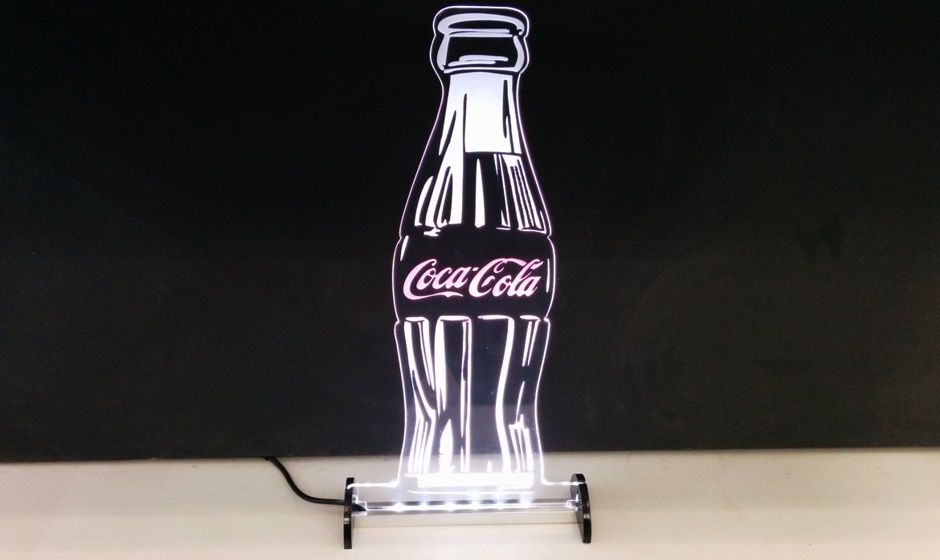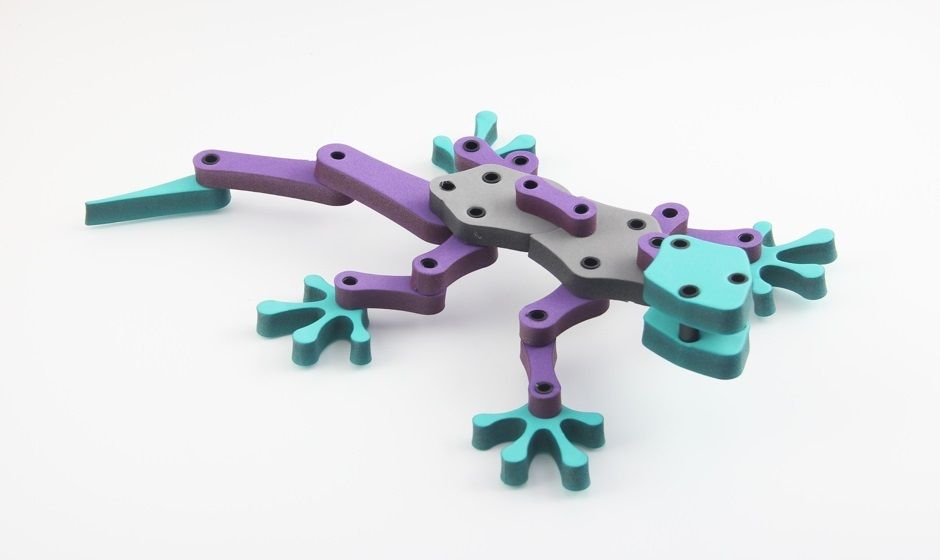Laser Cutting - Saving time and costs tips
In this article we have tried to concentrate some tips that will save time and costs and help you better understand laser cutting and laser engraving and marking technology.
Preparing files according to the guidelines we post
The instructions we have prepared for you include explanations on how to preper the drawing file to suit the laser cutting process. Reading the pre-job guidelines will help avoid mistakes and save valuable time and costs.
Duplicate lines
Before sending the files to us please check that they do not contain duplicate lines. These lines are invisible because they hide each other, but the laser machine "see" them, so the laser beam will move along the line as many times as it appears resulting in burning the material. Beyond the obvious danger of the burn of the raw material as a result of the concentration of heat in a limited area, there is a high probability of significant damage to the quality of the work (burnt and uneven finish). In addition, the work time is extended and the price increases accordingly.
NESTING (effective use of the raw material)
Reducing the distance between the parts in the drawing (depending on the type and thickness of the material) saves raw material, and less significantly on the job. In some cases, parts can be attached to each other and common lines are eliminated. In this way we will save both raw material and expensive cutting time. In these cases, it is very important to eliminate the common lines for the reasons detailed above.

Laser cutting and laser engraving of Illuminated LED display
Laser Engraving
There are two types of laser engraving or marking:
Vector marking - laser etch along lines created in any design program. The mark is actually achieved by settings similar to cutting but with a lower intensity of the laser power that does not cut the material to all its thickness, but rather scratched it / marks it according to the desired depth.
engraving areas - engraving areas according to any graphic file (geometric or pixel file).
In this type of engraving the laser beam movement is similar to the movement of printers, ie covering the surface line by line. This way you can engrave letters and create signs in different materials and sizes (see examples of laser engraving). You can also engrave images, etching at different depths and more. In some laser machines, the laser head movement is very fast on the X axis (right to left and back) and slower on the Y axis (down and up). Therefore, it is always better to place the parts in such a way that the engraving direction is as horizontal as possible.
Laser engraving / marking is also used to mark model construction parts, that are so were cut with laser (see examples of Architectural models). In these cases, the markup helps the user identify the parts and facilitate the assembly and / or model construction.
To minimize laser time, it is recommended to:
- Decrease the number of characters.
- Reduce the size of the characters.
- Use the font as simple as possible.
Tracing
In many cases, when you can not draw the graphic for cutting, or when you prefer to rely on an existing photo graphic image, the lines should be extracted by TRACING, that is, tracking the contours that are visible in the non-vector graphics file, but consists of a collection of pixels. It is possible to use the appropriate graphics software, and the use of clear graphics, without glazing, significantly shortens the cutting time and results in clean and high quality results. Is expressed in several parameters:
- High contrast - preferably black and white.
- High resolution.
- Without optical distortions, it is always best to scan with an optical scanner (SCANNER) and not to shoot with a digital camera, however high quality.

Laser cutting of a toy made of polyethylene foam
Choosing the right material
There are jobs that can be performed in a number of materials, and of course one of the main considerations in selecting the appropriate raw material is the cost consideration. The final job cost is derived from the cost of the material and the price of the laser cutting (directly derived from the cutting time). The larger the amount of parts to cut - the more expensive the material is at the final price.
The thickness of the raw material greatly influences the final price, both because the cost of the material is higher, and also because the cutting time is extended accordingly.
The matter becomes even more complicated when additional considerations are added to the work, such as finishing, packing etc. acrylic panels, for example, are significantly more expensive than fabrics of similar thickness, but when colored parts are needed, acryl selection saves polishing and painting work that should be added if the lids are selected.
